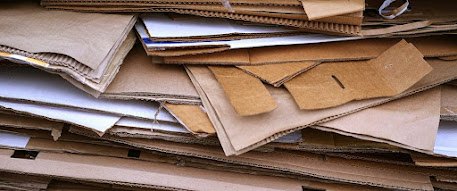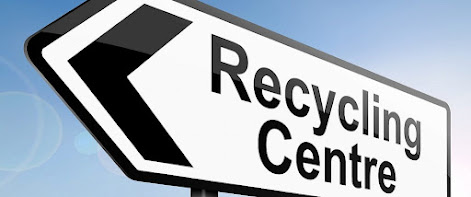Adelaide Rubbish Disposal and E-Waste Recycling Services to Reduce Environmental Impact and Carbon Footprint

In today's digital world, it's difficult for any consumer to survive without the use of technological devices. The use of electronic devices, such as smartphones, laptops, and smart home technologies, is increasing, as is the number of electronic waste. With technology constantly evolving, electronic goods are abandoned more frequently than any other household item, such as furniture. E-waste is piling up at such an alarming rate that it has become one of Australia's fastest-growing trash streams. E-waste is generated from a variety of sources such as: · Mobile phones · Laptops and computers · Televisions · USBs · Digital cameras · Printers and photocopiers · Fax machines · Whitegoods Conserving rare earth metals and energy sources from the electronic waste Toxins found in e-waste include lead, mercury, cadmium, fire hydrant, and chromium. These toxic and hazardous compounds must



